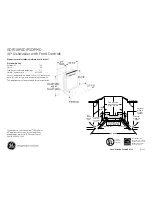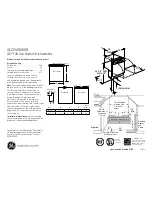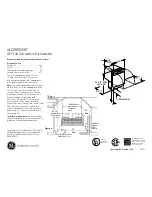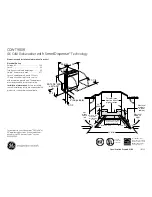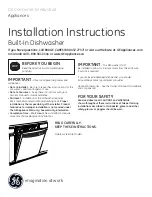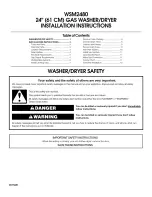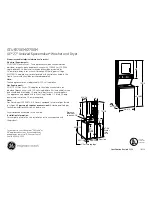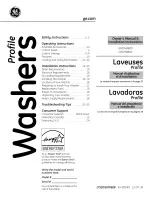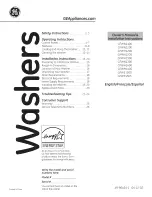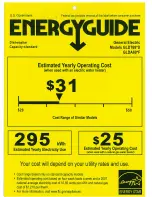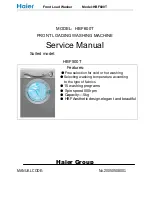
GB 6
To remove any residual water used in testing by the manufacturer, we recommend that you carry out a
short wash cycle without laundry.
1.
Open the tap.
2.
Close the drum flaps.
3.
Add a small amount of detergent (maximum 1/3 of the quantity the detergent manufacturer
recommends for lightly soiled laundry) to the main wash chamber of the detergent dispenser.
4.
Close the lid.
5.
Select and start programme “Synthetics” at 60°C (see separate the programme chart).
BEFORE THE FIRST WASH CYCLE
PREPARATION OF THE LAUNDRY
Sort the laundry
1. Sort the laundry according to…
•
Type of fabric / care label symbol
Cottons, mixed fibres, easy care/synthetics,
wool, handwash items.
• Colour
Separate whites and coloureds.
Wash new coloured items separately.
• Size
Wash items of different sizes in the same load to
improve washing efficiency and distribution in the
drum.
• Fabric delicacy
Wash delicate articles separately: use a special
programme for Pure New Wool , curtains
and other delicates. Always remove curtain glides
or wash curtains with the glides inside a cotton
bag. Use the special programme for handwash
fabrics. Wash stockings, belts and other small
items or articles with hooks (e.g. bras) in special
cotton bags for washing machines or in zipped
pillow cases.
2. Empty pockets
Coins, safety pins and similar items can damage
your laundry as well as the washing machine’s
drum and tub.
3. Fasteners
Close zips and fasten buttons or hooks; loose
belts or ribbons should be tied together.
Stain removal
• Blood, milk, egg and other organic substances are
generally removed by the enzyme phase of the
programme.
• To remove red wine, coffee, tea, grass and fruit
stains etc. add a stain remover to the main wash
chamber of the detergent dispenser.
• Particularly stubborn stains should be treated
before the wash.
Dyeing and bleaching
• Only use dyes and bleaches that are suitable for
washing machines.
• Follow the manufacturer’s instructions.
• Plastic and rubber parts of the machine may be
stained by dyes or bleaches.


















